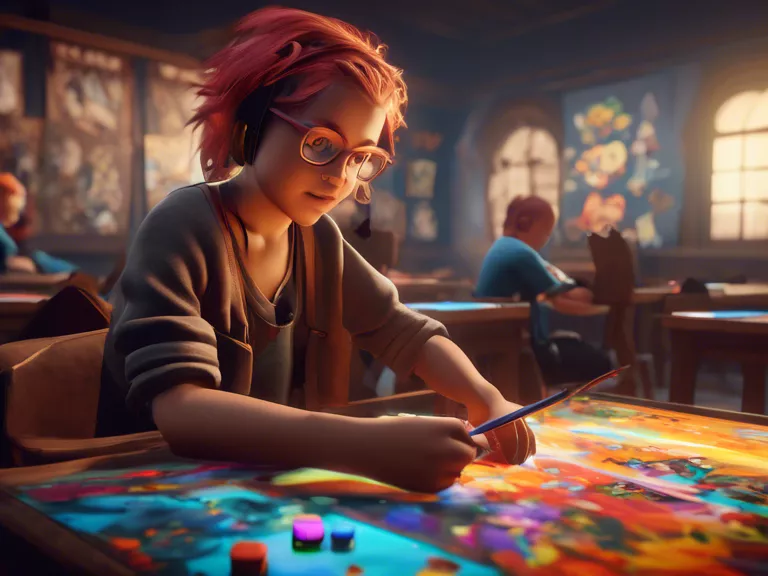
Introduction
Immersive artistry in learning games combines the worlds of art and education to create engaging and interactive experiences for learners of all ages. These games use various artistic elements to enhance the learning process and make it more enjoyable. By blending art with educational content, immersive learning games can provide a unique and effective way to acquire new knowledge and skills.
The Power of Immersive Artistry
Art has the power to evoke emotions, stimulate creativity, and enhance understanding. When integrated into learning games, art can create a more immersive and engaging experience for players. Visual elements such as graphics, animations, and illustrations can help convey complex concepts in a more digestible and memorable way. By appealing to the senses and emotions, artistry in learning games can enhance the overall learning experience and make it more impactful.
Engaging Storytelling
One of the key aspects of immersive artistry in learning games is storytelling. By weaving a compelling narrative into the gameplay, players are more likely to stay engaged and motivated to progress through the game. Storytelling can help contextualize the educational content, making it more relatable and easier to understand. Through characters, dialogue, and plot development, learning games can create a rich and immersive world that captures the player's imagination.
Interactive Design
Interactive design plays a crucial role in immersive artistry in learning games. By incorporating interactive elements such as puzzles, quizzes, and challenges, players are actively involved in the learning process. Interactivity not only makes the gameplay more engaging but also reinforces learning outcomes through hands-on experience. By allowing players to explore, experiment, and problem-solve within the game environment, immersive learning games can enhance critical thinking skills and promote a deeper understanding of the subject matter.
Visual Aesthetics
The visual aesthetics of a learning game can significantly impact the overall user experience. Immersive artistry focuses on creating visually appealing environments, characters, and assets that draw players into the game world. By paying attention to color schemes, textures, and animations, developers can create a cohesive and engaging visual style that complements the educational content. Visual aesthetics not only make the game more enjoyable to play but also help reinforce learning objectives through visual cues and symbolism.
Benefits of Immersive Artistry in Learning Games
- Enhanced engagement and motivation
- Improved retention and understanding of educational content
- Development of critical thinking and problem-solving skills
- Fostering creativity and imagination
- Personalized learning experiences tailored to individual preferences and pace
Conclusion
Immersive artistry in learning games offers a unique and effective approach to education by combining art with interactive gameplay. By leveraging the power of visual storytelling, interactive design, and visual aesthetics, learning games can create engaging and impactful experiences for learners. Through immersive artistry, education becomes not only informative but also entertaining, making the learning process more enjoyable and effective.



